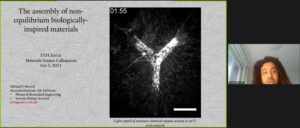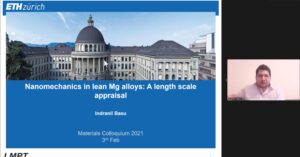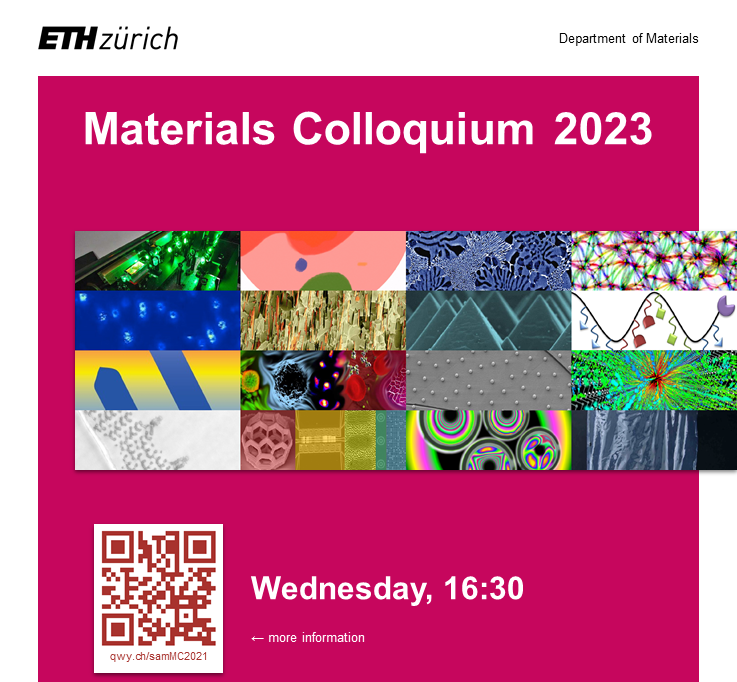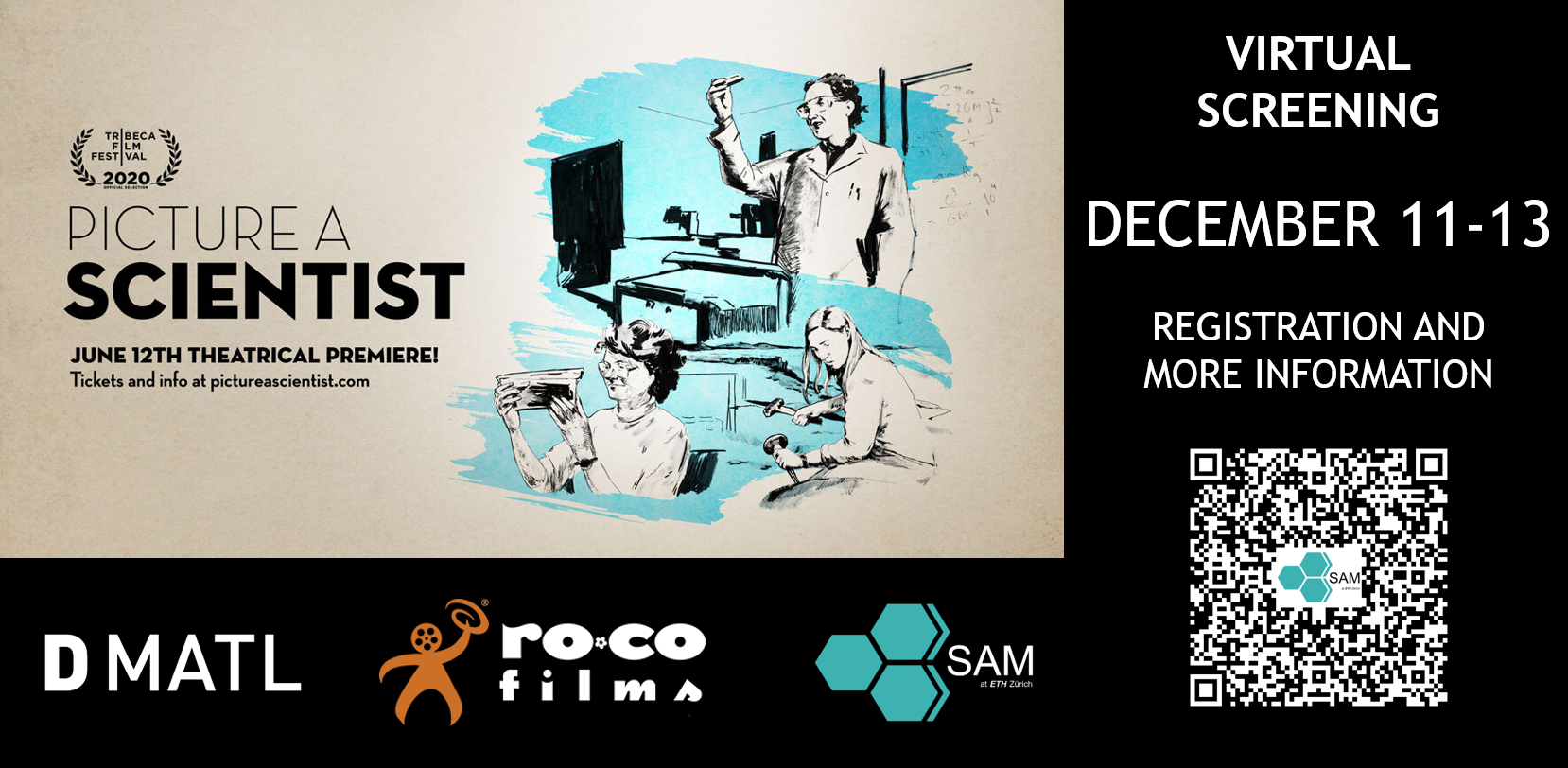The assembly of non-equilibrium biologically-inspired materials
Michael Murrell (Laboratory of Living Matter, Yale University)
 Incorporating growth, adaptation and responsiveness to external cues remain as grand challenges in materials engineering and design. In living cells, the cell cytoskeleton is a dynamic protein-based polymeric scaffolding material, driven from thermodynamic equilibrium through the enzymatic consumption of chemical energy. This consumption in turn leads to time-irreversibility in molecular interactions and the breaking of detailed balance. Through the extent that detailed balance is broken, the cytoskeleton can grow, remodel itself, and adapt to both internal and external mechanical loads – essential processes for controlling the physical behaviors of the cell such as cell division or cell migration. Here, we reconstitute the cell cytoskeleton in vitro, and experimentally control the breaking of detailed balance on the microscopic scale to outline large-scale non-equilibrium dynamical and material phase transitions and characterize the emergence of novel material properties. In doing so, we learn how material properties relate to the physical behaviors of the cell and also identify a framework for how to encode novel capabilities into the engineering of non-equilibrium “active” materials.
Incorporating growth, adaptation and responsiveness to external cues remain as grand challenges in materials engineering and design. In living cells, the cell cytoskeleton is a dynamic protein-based polymeric scaffolding material, driven from thermodynamic equilibrium through the enzymatic consumption of chemical energy. This consumption in turn leads to time-irreversibility in molecular interactions and the breaking of detailed balance. Through the extent that detailed balance is broken, the cytoskeleton can grow, remodel itself, and adapt to both internal and external mechanical loads – essential processes for controlling the physical behaviors of the cell such as cell division or cell migration. Here, we reconstitute the cell cytoskeleton in vitro, and experimentally control the breaking of detailed balance on the microscopic scale to outline large-scale non-equilibrium dynamical and material phase transitions and characterize the emergence of novel material properties. In doing so, we learn how material properties relate to the physical behaviors of the cell and also identify a framework for how to encode novel capabilities into the engineering of non-equilibrium “active” materials.
Nanomechanics in lean Mg alloys: a length scale appraisal
Indranil Basu (Laboratory of Metal Physics and Technology, DMATL)
 Most conventional metallic materials display a trade-off effect associated with their strength-ductility values, often highlighted by the well-known banana-shaped variation of strength vs. ductility. A major challenge, therefore, is to engineer novel microstructures in metallic materials that can successfully evade this inverse strength-ductility relationship. In this regard, one of the most potent design aspect pertains to exploiting the local scale compositional fluctuations and microstructural heterogeneities across different length scales, wherein different phases or grain orientations display varying elastic stiffness and strain accommodation mechanisms.
Most conventional metallic materials display a trade-off effect associated with their strength-ductility values, often highlighted by the well-known banana-shaped variation of strength vs. ductility. A major challenge, therefore, is to engineer novel microstructures in metallic materials that can successfully evade this inverse strength-ductility relationship. In this regard, one of the most potent design aspect pertains to exploiting the local scale compositional fluctuations and microstructural heterogeneities across different length scales, wherein different phases or grain orientations display varying elastic stiffness and strain accommodation mechanisms.
Magnesium (Mg) alloys with attractive weight-saving properties have seen an increased demand in various applications such as automotive, aerospace, biomedical and communications industries. However, the prospect of developing low cost, lean high strength-high ductility Mg alloys though highly lucrative still remains an elusive problem owing to the strong mechanical anisotropy displayed by Mg that often renders it unsuitable of commercial processing. In this work, it is shown that by intelligent alloying methodologies and processing conditions, nanoscale heterogeneities arising from local scale compositional fluctuations are able to drive synergistic strengthening and ductility response in Mg alloys. The findings throw light to a paradigm shift in the role of Mg as an emerging class of structural materials.


